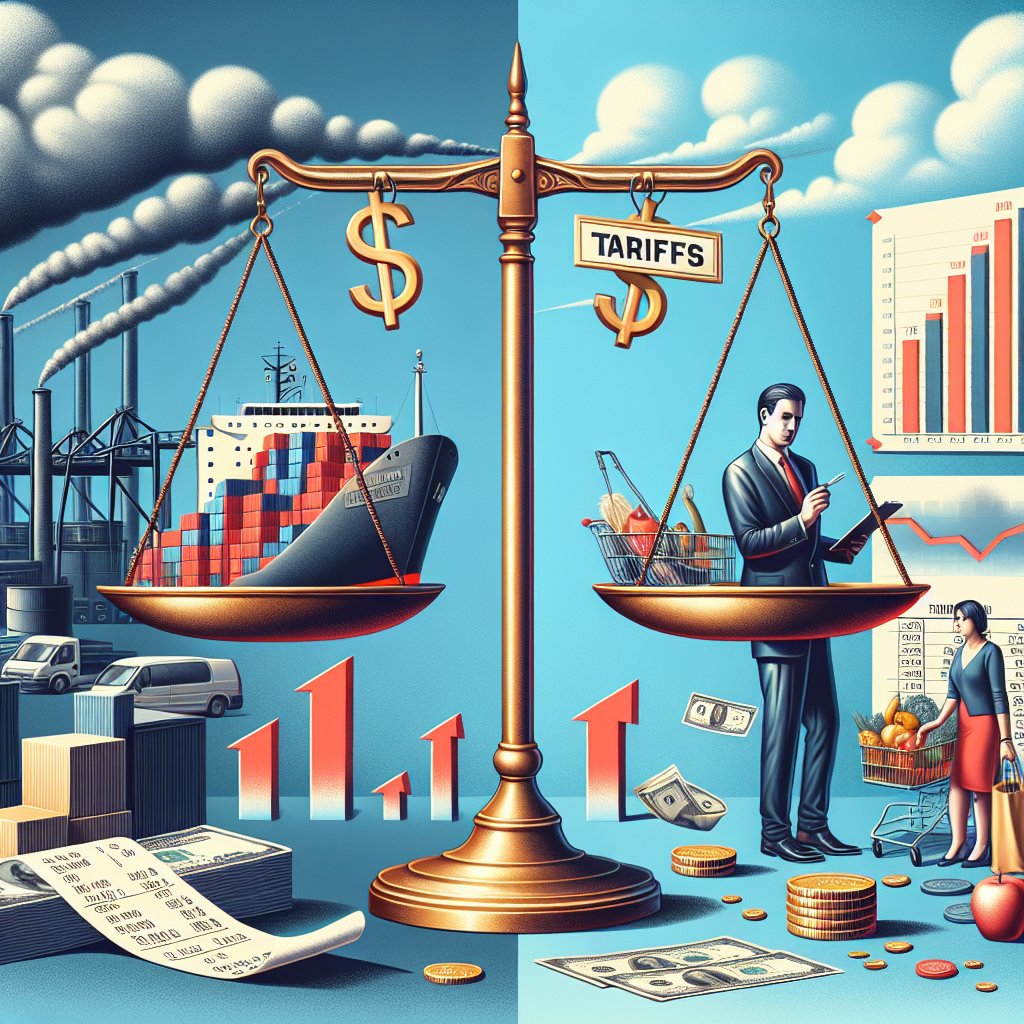Tariffs’ True Cost: US Businesses & Consumers Pay
Tariffs often grab headlines as a tool to protect domestic industries. But when we dig into the numbers, we see that the burden doesn’t just fall on foreign exporters. It lands squarely on US businesses and, ultimately, on consumers. Let’s explore the real economics behind tariff policy and how everyday companies and shoppers shoulder this hidden cost.
Understanding the True Cost of Tariffs
At its core, a tariff is a tax on imported goods. Governments impose these duties to make foreign products more expensive, encouraging buyers to choose local alternatives. While the headline goal is clear, the ripple effects can be complex and far-reaching.
Recent research by top financial analysts suggests that about 70% of the tariff bill ends up being paid by American firms and their customers, rather than by overseas manufacturers. When a business faces higher import costs, it can:
- Raise prices for customers
- Reduce profit margins
- Scale back hiring or investment
None of these outcomes is ideal for long-term growth or consumer welfare.
Impact on US Businesses
Whether you run a small shop or manage a large manufacturer, tariff hikes can squeeze operations in surprising ways.
- Supply chain disruptions: Sourcing parts from overseas suddenly costs more, prompting companies to scramble for alternatives.
- Budget uncertainty: When duties shift, forecasting expenses becomes a guessing game, making it harder to plan for new hires or capital projects.
- Competitive disadvantage: Firms that rely heavily on imported inputs may see their costs outpace rivals who source locally or produce in lower-tariff regions.
For businesses looking to weather these storms, adopting best practices in inventory and procurement management can help alleviate some pressure. Streamlining operations with clear processes often means you can absorb a tariff bump without passing the entire cost to clients.
How Consumers Feel the Pinch
When companies face higher input costs, many choose to hike retail prices rather than cut their own margins. This is how the tariff burden trickles down to grocery aisles, electronics stores, and auto dealerships. Examples include:
- Everyday electronics—higher sticker prices for smartphones and laptops
- Household goods—imported furniture and appliances cost more
- Automotive parts—repair bills rise when spare components are taxed
Even services can see indirect inflation, as businesses pass on higher operating costs. An everyday shopper may not notice an individual tariff, but over time, price hikes across multiple categories add up. For a detailed look at how software tools can boost internal efficiency—freeing up budget for unexpected costs—check out this guide on creating classes in Python.
Strategies to Mitigate Tariff Burden
No single solution will erase the impact of tariffs overnight. But businesses and consumers can take proactive steps to soften the blow.
Optimizing Supply Chains
- Seek alternative suppliers in countries with lower or no tariffs.
For instance, shifting some imports to nations within trade agreements can cut tax exposure. - Invest in local sourcing where feasible. This reduces reliance on distant suppliers.
Investing in Efficiency
Smarter processes and automation can offset higher costs. Tools like responsive image sliders may sound niche, but modern UI improvements often lead to better customer engagement—and higher sales—that absorb tariff-driven price changes.
In manufacturing, lean practices cut waste so you can allocate more budget to tariff duties without squeezing margins.
Advocacy and Policy Engagement
Businesses large and small can band together through trade associations or local chambers of commerce. Presenting data on how tariffs’ true cost affects jobs and prices helps shape public policy. You might also track proposals and hearings on official sites such as the Office of the United States Trade Representative.
Broader Economic Considerations
Tariffs are not just a tool for balancing trade deficits; they’re also a lever for geopolitical strategy. But the economic trade-off means:
- Short-term gains in protected industries
- Long-term consumer price inflation
- Potential retaliation from trading partners through reciprocal duties
Academic and policy experts at institutions like Brookings and the World Trade Organization continue to study these dynamics. Their findings consistently highlight that widespread tariff programs tend to slow economic growth by raising costs for a broad swath of businesses and families.
Conclusion
When you hear about new or increased tariffs, remember: the sticker price you see at checkout may already include these hidden taxes. Tariffs’ true cost is rarely borne by foreign exporters alone. Instead, it ripples through supply chains, squeezes company budgets, and nudges consumer prices upward. By optimizing operations, exploring alternative suppliers, and engaging with policymakers, businesses can reduce some of the collateral damage—and shoppers can make informed choices to manage their household budgets.
Key takeaway: Tariffs are more than a trade policy tool—they represent real dollars out of every American pocket.





